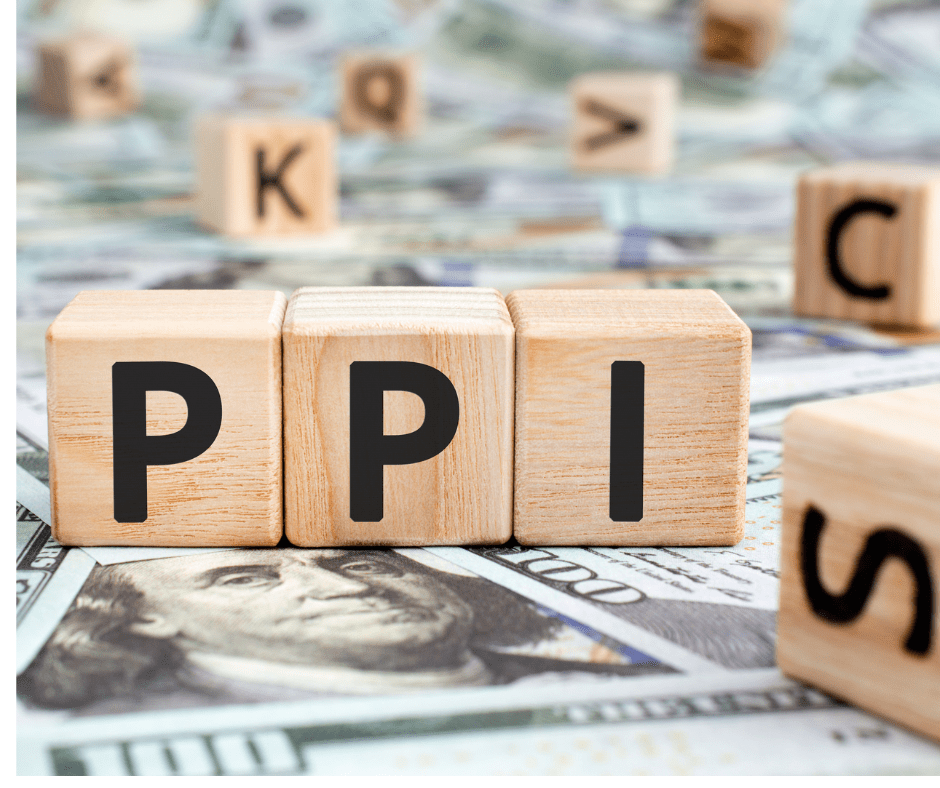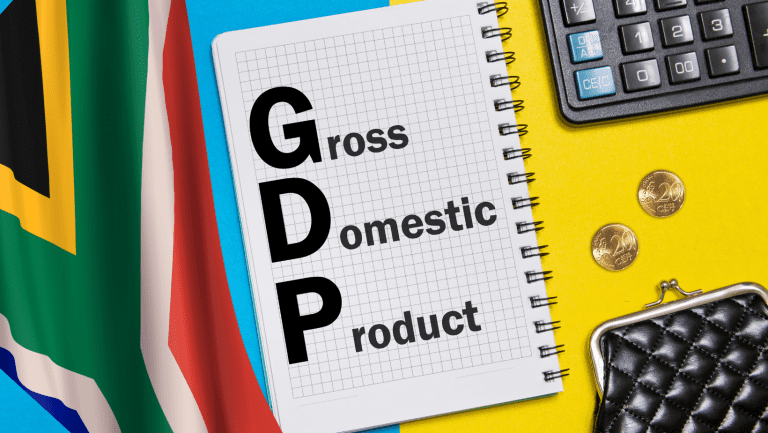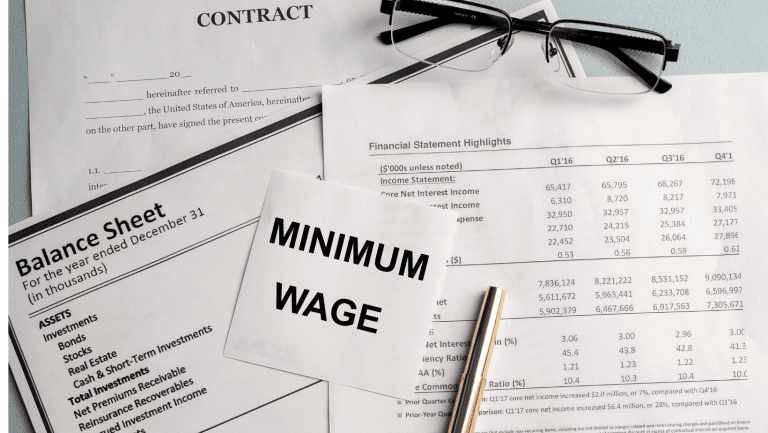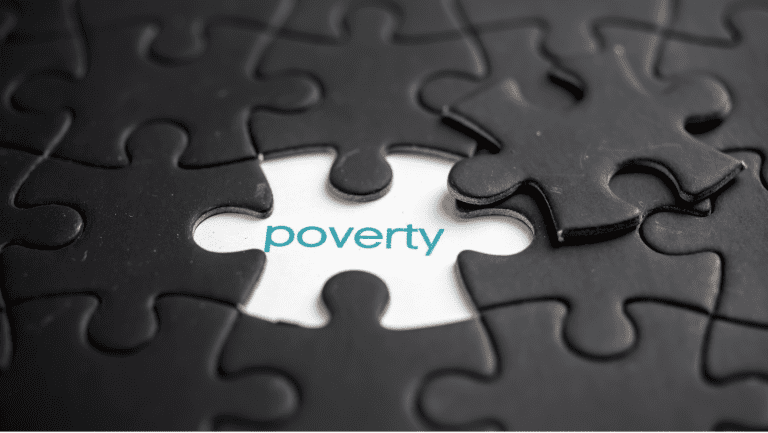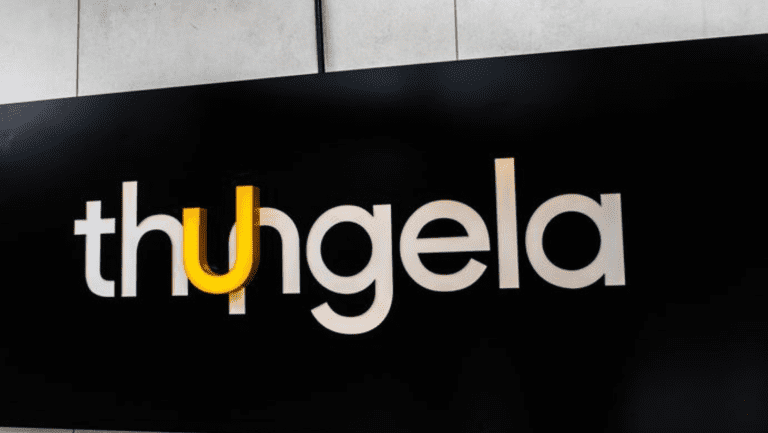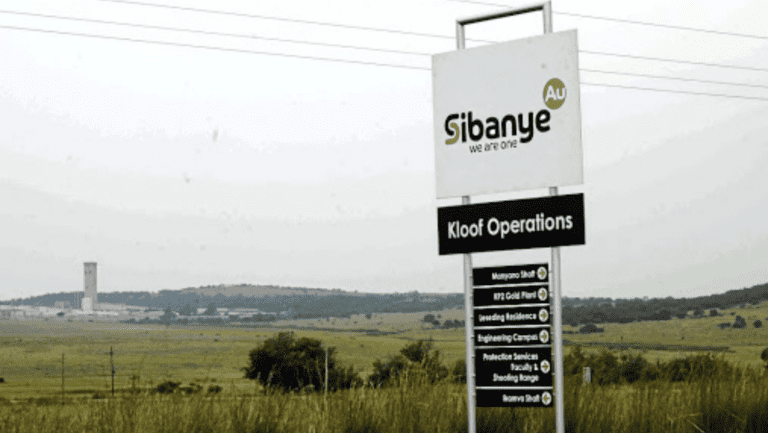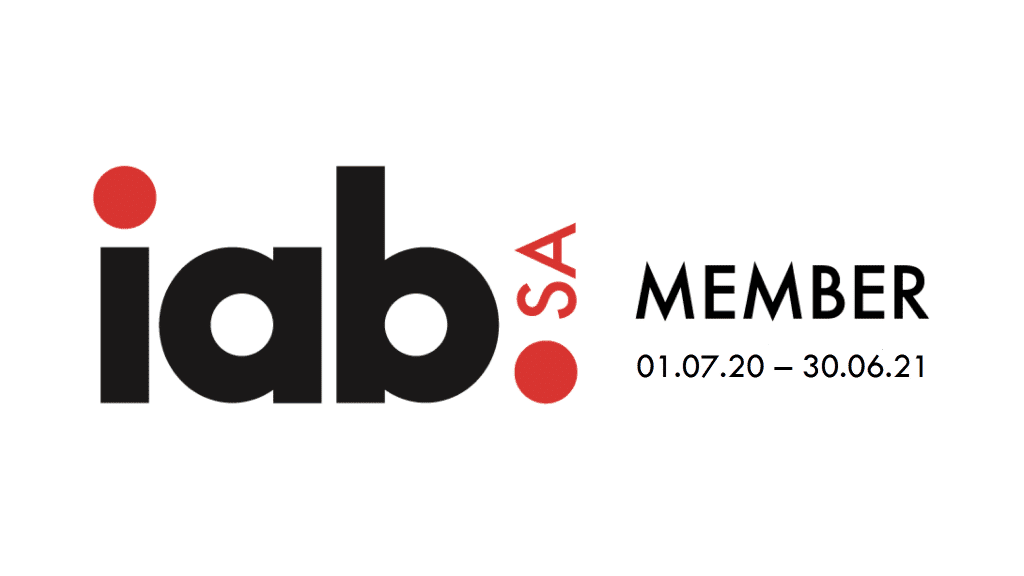In a recent release of data by the South African Reserve Bank, the Producer Price Index (PPI) for July 2023 has provided crucial insights into the shifting dynamics of various sectors in the nation’s economy. The PPI serves as a vital indicator of the inflationary pressures within the domestic market, shedding light on price fluctuations in goods and services at the producer level. This latest data unveils both upward and downward trends across different industries, painting a comprehensive picture of the country’s economic landscape.
Final Manufactured Goods: Ebb in Inflation Momentum
The annual producer price inflation for final manufactured goods witnessed a noteworthy shift, with a decrease from 4.8% in June 2023 to 2.7% in July 2023. This decrease is reflective of a moderated pace of price increases in the production of finished goods, potentially indicating a stabilizing market. However, the month-on-month increase of 0.2% indicates that certain sectors are still experiencing gradual upward adjustments in pricing.
A closer look at the contributors to the headline PPI annual inflation rate reveals intriguing trends. Notably, the sectors of food products, beverages, and tobacco products; metals, machinery, equipment, and computing equipment; paper and printed products; transport equipment; and coke, petroleum, chemical, rubber, and plastic products played significant roles. While the first four sectors contributed positively to the annual inflation rate, the latter sector, encompassing coke, petroleum, chemical, rubber, and plastic products, recorded a decrease of 8.3%, leading to a significant negative impact on the overall rate.
Intermediate Manufactured Goods: Unease in the Middle
The annual percentage change in the PPI for intermediate manufactured goods witnessed a striking turnaround, dipping from 2.4% in June 2023 to -0.1% in July 2023. This negative annual change indicates potential challenges in the production of goods that are used as inputs for further manufacturing processes.
A glance at the main contributors to this trend emphasizes the significance of chemicals, rubber, and plastic products, which contributed negatively to the annual rate. Additionally, basic and fabricated metals were the primary contributors to the negative monthly rate, underlining potential weaknesses in these industries.
Electricity and Water: Powering Inflation
The PPI for electricity and water has shown a steep upward trajectory, with the annual percentage change surging from 13.6% in June 2023 to 18.3% in July 2023. This substantial increase indicates elevated costs in the electricity and water supply, potentially driven by factors such as increased demand or resource scarcities.
Interestingly, electricity played a pivotal role in driving both the annual and monthly rates, contributing 17.1 percentage points and 7.9 percentage points, respectively. Water, though contributing less significantly, still played a role in both the annual and monthly rates, contributing 0.9 of a percentage point and 0.6 of a percentage point, respectively.
Mining: Challenges Below the Surface
The mining sector has experienced a downturn in the annual percentage change of its PPI, moving from 2.8% in June 2023 to -0.5% in July 2023. This decrease suggests potential challenges within the mining industry, affecting the prices of various mined materials.
Notably, non-ferrous metal ores emerged as the main negative contributor to both the annual and monthly rates, signaling potential vulnerabilities in this segment of the mining sector.
Agriculture, Forestry, and Fishing: Sustaining Growth
In the realm of agriculture, forestry, and fishing, the PPI experienced an annual percentage change of 6.5% in July 2023, a slight increase from 6.2% in June 2023. This sector’s resilience might be attributed to stable demand and output, contributing positively to the overall inflationary landscape.
Breaking down the contributors, agriculture and fishing played crucial roles in the annual rate, with agriculture accounting for 4.1 percentage points and fishing contributing 2.0 percentage points. On a monthly basis, agriculture maintained its importance by contributing 1.3 percentage points to the rate.
Conclusion: Unraveling South Africa’s Economic Story
The July 2023 PPI data unveils a multifaceted story of South Africa’s economic terrain. While certain sectors demonstrate resilience and steady growth, others grapple with challenges and setbacks that are influencing price dynamics. The intricate interplay of inflationary forces across various industries highlights the complexity of maintaining economic stability in a dynamic global landscape. As policymakers and businesses navigate these trends, a comprehensive understanding of the producer price dynamics becomes imperative to make informed decisions for sustainable growth.


